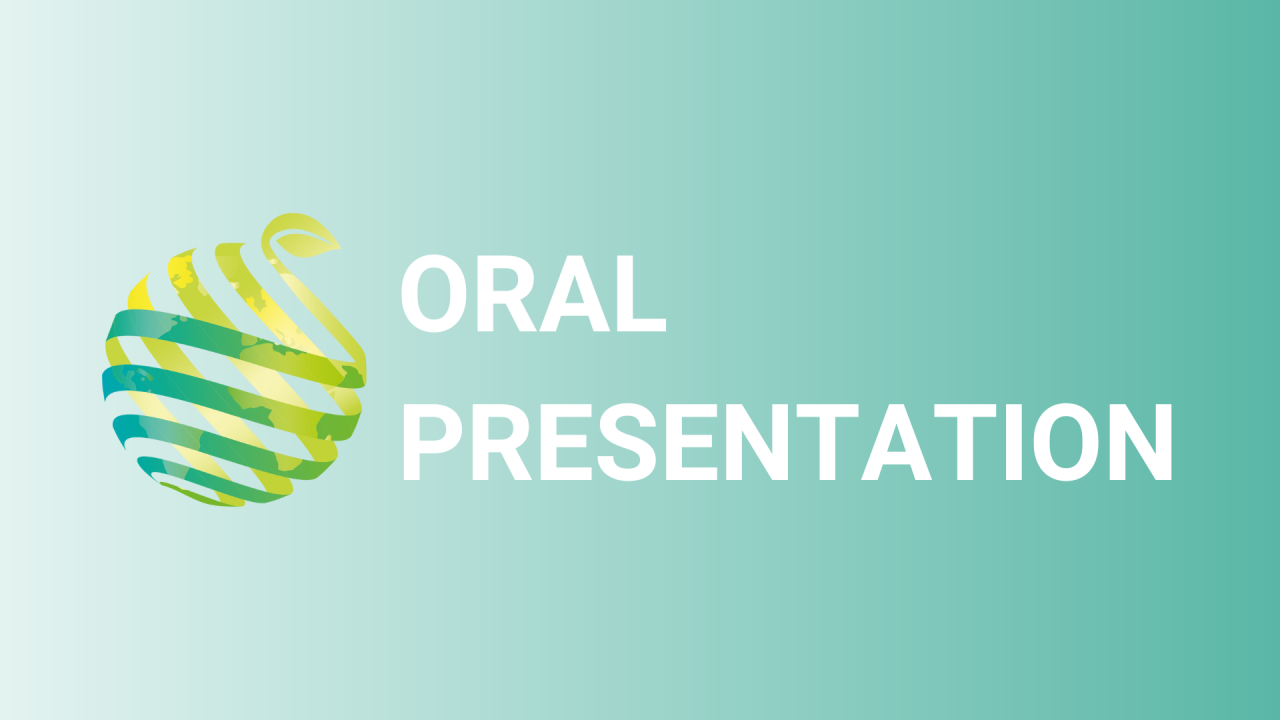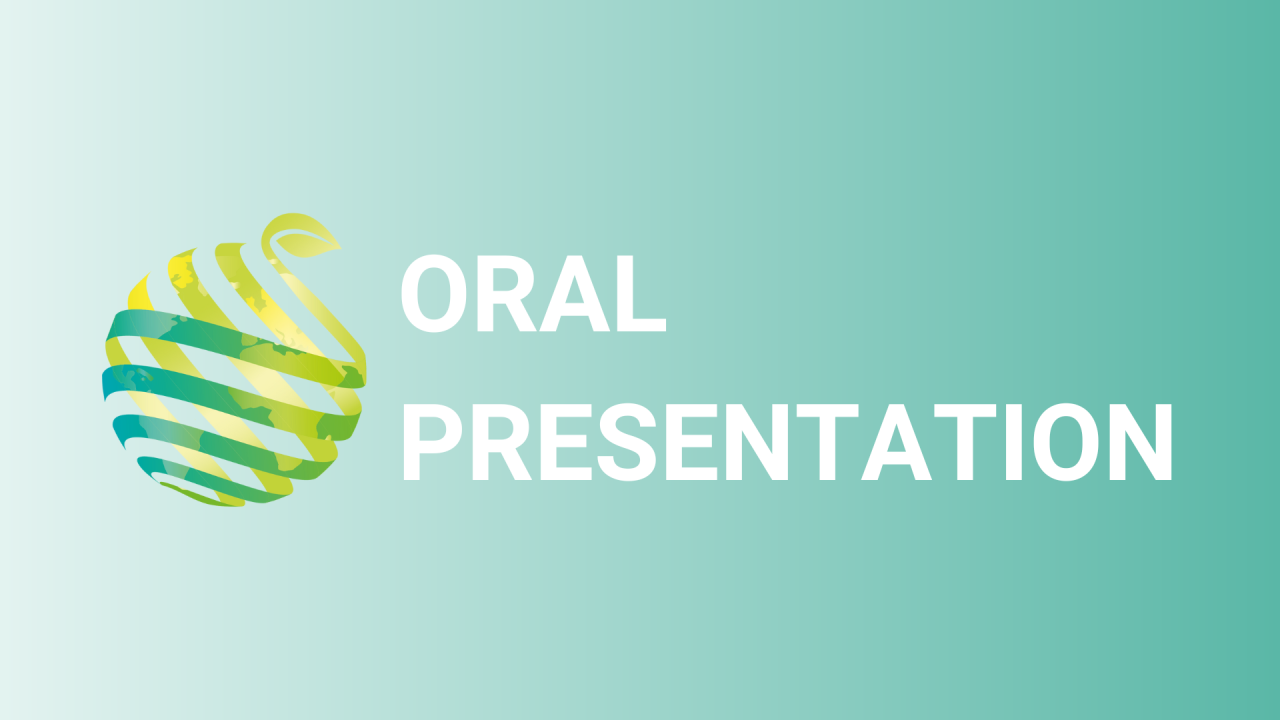

S24 - Session O4 - Elevated zeaxanthin accumulation in both fruit and leaf tissues of orange capsicum: can the leaf be used as a phenotypic marker for selection of high-zeaxanthin fruit?
Information
Authors: Tim O Hare, Rimjhim Agarwal *, Hung Hong, Alice Hayward, Stephen Harper
Sunflowers have been used in Europe for centuries, primarily as oil plants, however, their use as medicinal plants has a long tradition among the indigenous peoples of Central and North America. The presented research evaluated the suitability of sunflower petals for human consumption, primarily as a tea supplement. The sunflower petals were classified by the content of selected secondary plant compounds and their stability depends on the kind of drying and grinding degree. The research comprised eight different varieties of ornamental sunflowers, which were analyzed for chlorophyll, carotenoids, flavonoids, antioxidant capacity FRAP, sugars, reducing sugars, and nitrate content. The best combination due to the health promoting compounds was freeze-drying combined with grinding, where the bioactive compounds were quite stable and the small particle size allowed better extraction of them. Sunflowers with dark ray florets contained higher levels of carotenoids than varieties with light ray florets. The investigations showed large differences between the varieties in regard to their flavonoid-, chlorophyll- as well as their sugar contents, while the nitrate contents of all varieties are very low and therefore not hazardous to health.